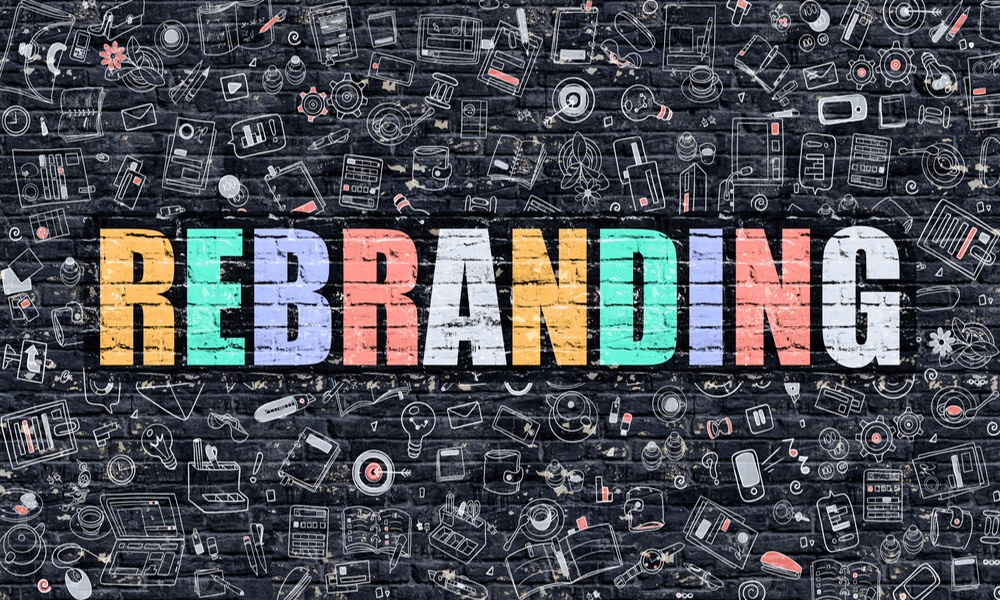Brand storytelling is a powerful tool that businesses can use to establish a deep and emotional connection with their customers. It involves creating compelling narratives that engage and resonate with the target audience, ultimately building brand loyalty and driving business success.
The Importance of Brand Storytelling

Brand Storytelling……
In today’s competitive market, simply promoting products and services is no longer enough to capture the attention and loyalty of customers. Consumers are bombarded with countless advertisements and marketing messages every day, making it essential for businesses to find new ways to stand out and make a lasting impression.
Brand storytelling allows businesses to do just that. By weaving narratives around their brand, they can create a unique identity that customers can relate to and connect with on an emotional level. This emotional connection is what sets successful brands apart from their competitors.
The Elements of a Compelling Brand Story
A compelling brand story should have several key elements to engage customers and leave a lasting impression:
- Authenticity: Customers want to see the real and genuine side of a brand. Authenticity is crucial for building trust and establishing a long-term relationship with customers.
- Relatability: The story should be relatable to the target audience. It should tap into their desires, fears, and aspirations, making them feel understood and connected.
- Emotional Appeal: Emotions are powerful motivators. A brand story that evokes strong emotions such as joy, nostalgia, or empathy is more likely to resonate with customers and create a lasting impact.
- Consistency: A brand story should be consistent across all touchpoints, from advertising campaigns to website content. Consistency helps reinforce the brand’s identity and values.
- Uniqueness: A compelling brand story sets the brand apart from competitors. It should highlight what makes the brand unique and why customers should choose it over alternatives.
Using HTML to Enhance Brand Storytelling
HTML, or Hypertext Markup Language, is a powerful tool that can be used to enhance the impact of brand storytelling. By utilizing HTML tags effectively, businesses can create visually appealing and engaging content that captures the attention of customers:
- Headings: Using and other heading tags can help structure the content and make it easier to read. Clear headings also improve the overall user experience.
- Paragraphs: Break up the content into concise paragraphs using the
- Lists: Utilize
ortags to create lists that highlight key points or features. Lists make information more organized and easier to grasp. - Images: Incorporate relevant images using the
- Links: Include hyperlinks using the
tag to direct customers to relevant pages or external sources. Links can provide additional information and enrich the storytelling experience.
By utilizing these HTML tags effectively, businesses can create engaging and visually appealing brand stories that leave a lasting impression on their customers.
Brand storytelling is a powerful strategy that allows businesses to connect with customers on a deeper and emotional level. By crafting compelling narratives that incorporate authenticity, relatability, emotional appeal, consistency, and uniqueness, businesses can establish a strong brand identity and build lasting relationships with their target audience. By utilizing HTML tags effectively, businesses can enhance the impact of their brand storytelling by creating visually appealing and engaging content that captures the attention and imagination of their customers.











Comments